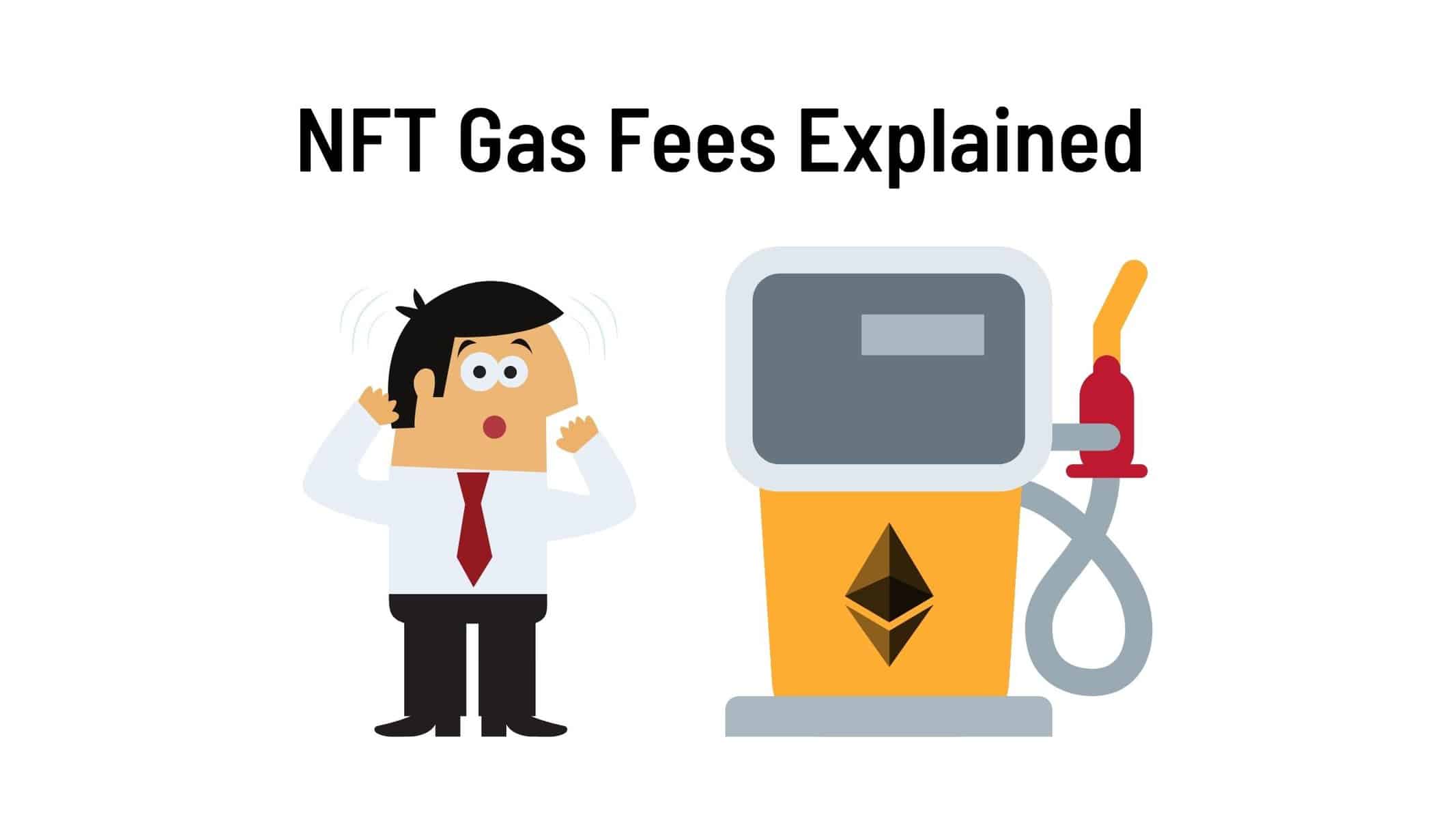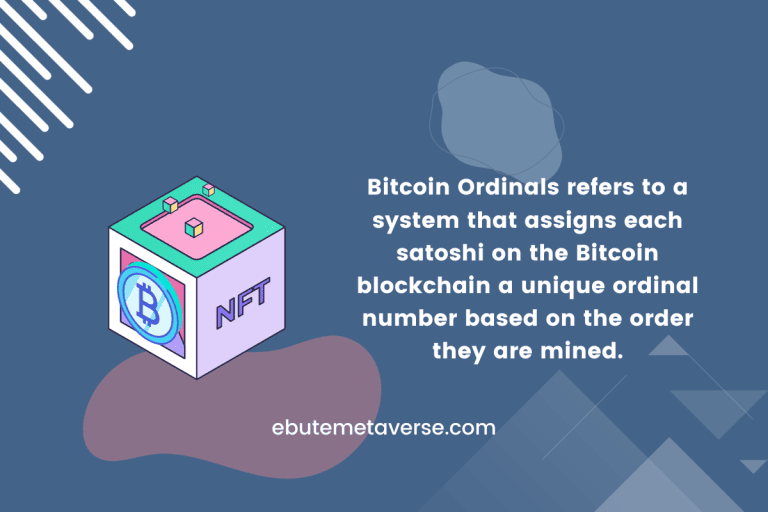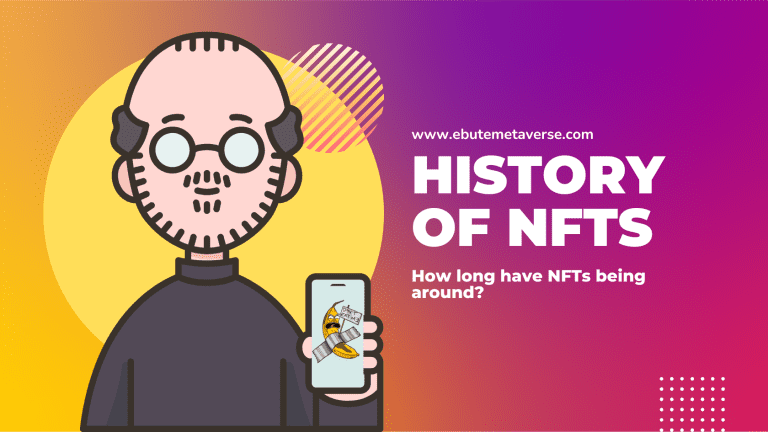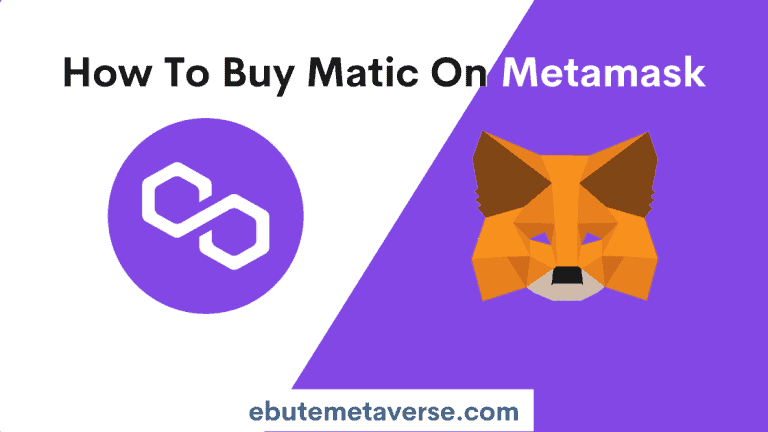Here’s Why You Pay NFT Gas Fees and Where They Go
When you buy an NFT, you’ll encounter something called “gas fees.” Think of these as the fuel that drives your transaction. NFT gas fees are the price you pay to make your NFT purchase happen. But why are they needed?
In this guide, we’ll answer key questions you may have about gas fees, like:
- Where do NFT gas fees go?
- How do you avoid high gas?
The answer to why you pay NFT gas fees lies in the blockchain used.
What are NFT Gas Fees?
NFT gas is a cost imposed on users to keep the blockchain network secure. These fees are necessary for validators to be motivated to stake their ETH and protect the system. It costs gas to do anything on the blockchain, like making a crypto transaction, minting, trading, or transferring NFTs to another wallet.

You use a blockchain network when you buy, sell, or create an NFT. This network is a collection of computers known as “nodes.” Each one of these nodes needs power to operate.
By paying a gas fee, you’re essentially compensating for this energy used. It’s an essential part of keeping the blockchain efficient and functional. Imagine it as paying tolls on a highway.
Gas fees also ensure transaction speed. A higher fee means that your transaction will be processed quicker. Your payment makes your request a priority.
The level of these fees varies. It can depend on how busy the network is and even the time of day.
And just like real gas prices, they can spike at certain times. For example, when a popular NFT drops, many people will be making transactions at once.
But don’t worry about unexpected charges. You’ll always see the gas fee before confirming a transaction. So, you’re always in control of your spending.
How Are the Gas Fees for NFT Calculated?
The calculation of gas fees for NFT transactions is based on a simple equation. This simplicity was thanks to the EIP-1559 London upgrade.
It’s computed as the product of the gas limit and the sum of the base fee and priority fee.
Let’s decode that:
- Gas limit: This refers to the maximum number of gas units you’re willing to pay for. The higher this limit, the faster your transaction gets processed.
- Base fee: Set by the blockchain network, it’s a standard amount every user pays for each transaction.
- Priority fee: It incentivizes miners or validators to prioritize your transaction over others.
The equation appears like this:
Gas fees = gas limit x (base fee + priority fee)
Let’s say the current base fee on the Ethereum network is 50 Gwei. You’re eager to buy a trending NFT and decide to set a high priority fee of 30 Gwei to ensure the transaction goes through quickly.
The particular NFT transaction you’re trying to carry out is estimated to have a gas limit of 21000 units.
So, in this case, your total gas fee would be:
Gas fees = 21000 x (50 Gwei + 30 Gwei)
Gas fees = 21000 x 80 Gwei
Therefore, the gas fee for your NFT transaction would be 1,680,000 Gwei.
It’s worth noting that 1 ETH (Ethereum) equals 1,000,000,000 Gwei. This means that the gas fee for this example would equal 0.00168 ETH.
You can also use our NFT gas calculator below:
EIP-1559 Gas Fee Calculator
Priority Fee: 0.05 Gwei
Also, consider that demand affects gas fees. When demand spikes, gas prices also rise. That way, the network ensures efficient usage of its resources and rewards those who help validate transactions and maintain security on it.
How to Avoid High NFT Gas Fees
While you can’t completely avoid gas fees, you can employ some strategies to reduce them:
- Off-Peak Transactions: Make your transactions when network activity is low. This typically happens in the early mornings or late evenings. Keep an eye on the network’s status using tools like Etherscan’s gas tracker or our real-time gas fee tracker below.
- Set your own Gas Limit: Most wallets allow you to manually set the gas price for your transactions. However, setting a very low gas price could result in your transaction being delayed.
- Observe the Price of Ethereum: Gas fees are paid in Ethereum. If the price of Ethereum is high, so is the gas price. It might be better to make your transactions when the price of Ethereum is low.
- Patience pays: If you’re not in a rush, opt for a slower transaction speed. This can significantly reduce the gas fee.
Remember, these tips can help lower your costs, but they can’t eliminate gas fees altogether. Gas fees are integral to the functioning and security of the blockchain network.
Conclusion
NFT gas fees ensure the network’s safety, security, and efficiency as they motivate validators to stake their resources. Yes, these fees might sometimes feel like an extra burden when buying or minting NFTs. However, it’s worth remembering that they are the foundation that allows the NFT market to operate.







